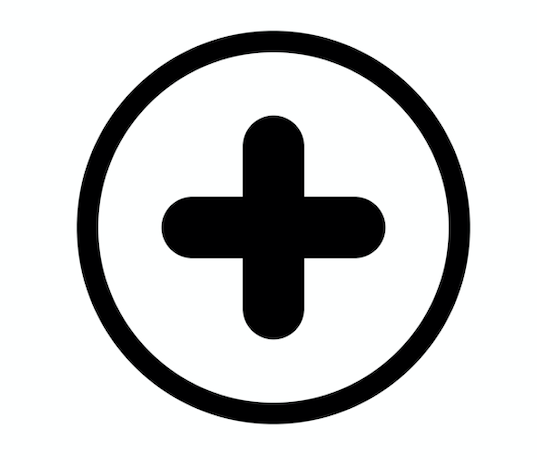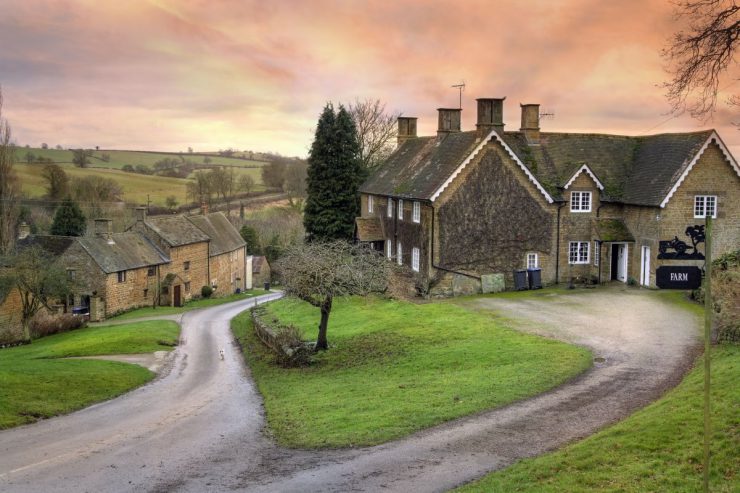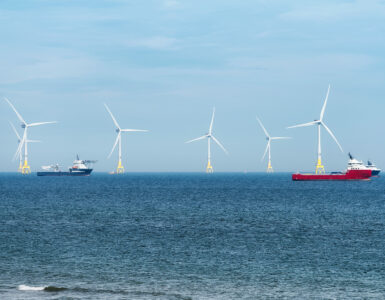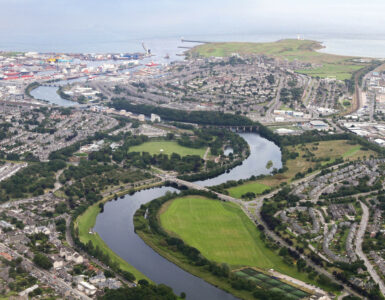Every day in the UK, people rely on energy for heat, transport, and electricity. However, the systems in place for delivering this energy from the source to homes and business don’t cover the whole of the UK.
There are areas across the UK where people take energy into their own hands…
THE ENERGY NETWORK
The gas and electric most of us receive into our homes arrive there through a series of pipes that run both underground and over our heads.
Along the way, the energy that is transmitted from the source, like power stations or oil rigs, to distributors, where it is transformed from a large voltage (electricity) or high pressure (gas) to a smaller voltage and lower pressure that’s safe to come into our homes.
Transmission and distribution are carried out by different companies across different places in the UK, as the maps below show.
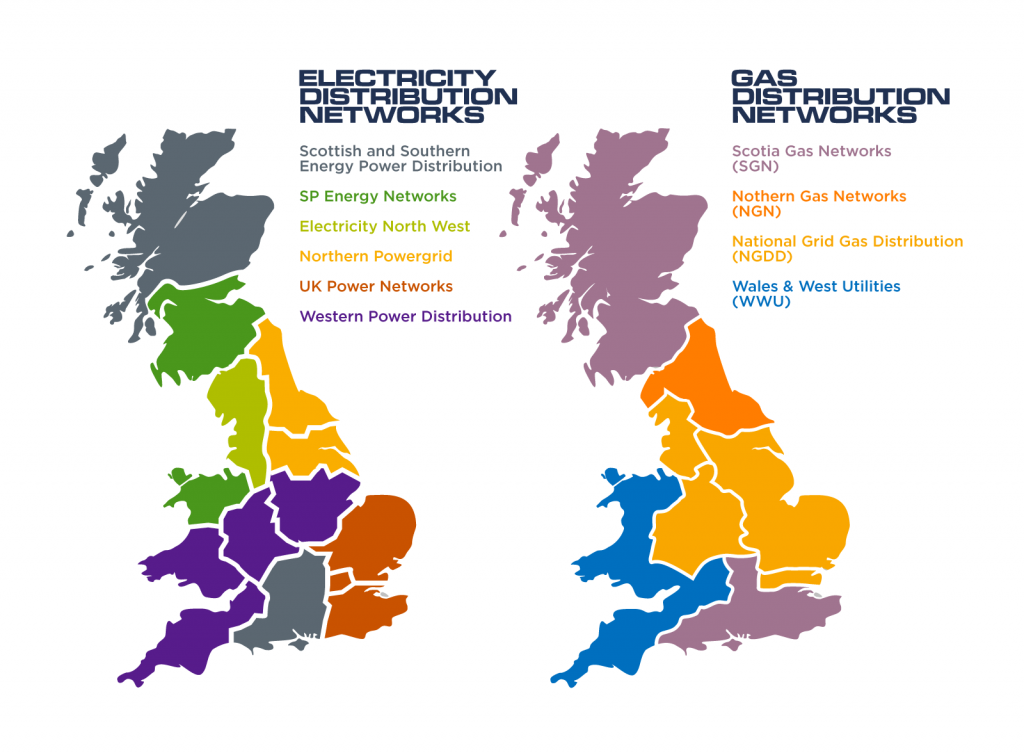
WHERE DOESN’T IT GO?
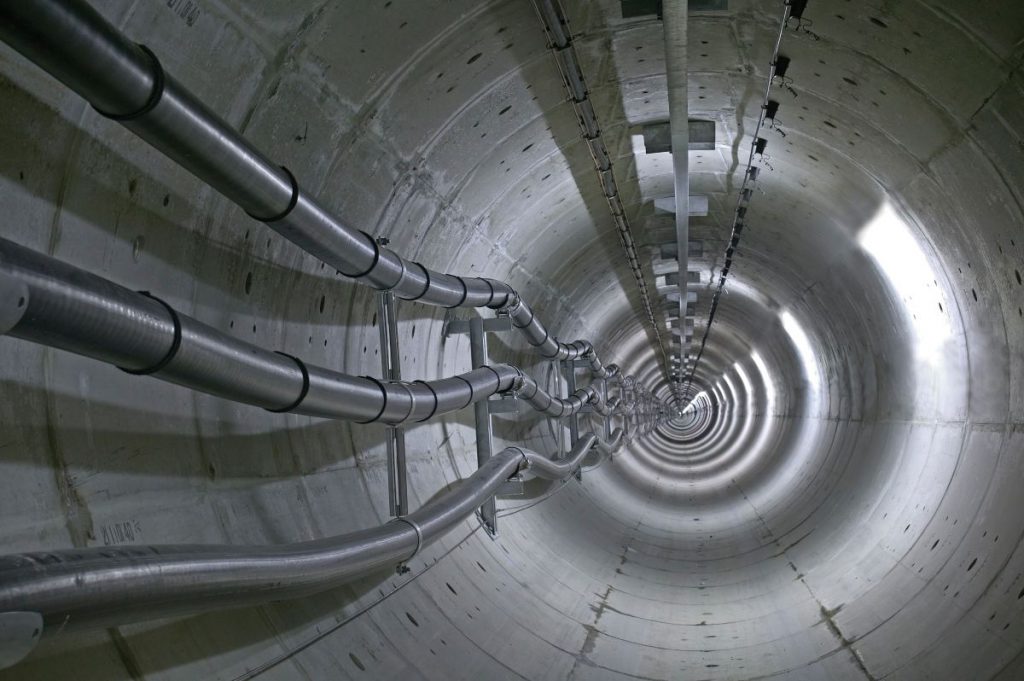
In the UK, the amount of electricity pipes and cables covers 813,000km, which is more than the distance to the moon and back! Gas pipes cover 272,000km, which is enough to go around the world 6 times!
Even though there are thousands of miles worth of pipe and cables delivering electricity and gas to homes and businesses, they don’t reach everyone.
Rural areas (outside of towns and cities) are the most common places to not be attached to the energy network.
When the UK energy network was built in the 1950s and 1960s, it was seen as too expensive to cover the more remote areas of the UK with the main gas and electricity pipes.
Remote areas can be added to the mains gas and electricity lines, however this can be expensive, and it gets more expensive the further away you live from the network, as more pipes, cables and planning are needed.
So what do rural areas do to light their homes, heat their food, and keep their homes and businesses warm? Let’s find out their options…
WHAT DO RURAL AREAS DO?
People living in rural areas with no access to the main gas and electricity network rely on other ways to generate electricity and heat their homes and food.
Electricity
Solar panels, wind turbines, hydro power and biomass are all ways that that households or communities can generate their own electricity and heat. They can be used on their own or together.
Solar panels, wind turbines (small household versions), hydro power and biomass are all ways that that households or communities can generate their own electricity and heat. They can be used on their own or together.
Research needs to be carried out to see which alternative sources of energy would be best for people living off-grid, for example whether they live near a water source for hydro power.
It’s possible for a community to work together to organise a solar panel farm to generate electricity for all their homes. If an area the same size as around 12 football pitches (25 acres) were covered in solar panels, this would generate enough electricity (5MW) to power over 1500 homes for a year!
Heating (Gas)
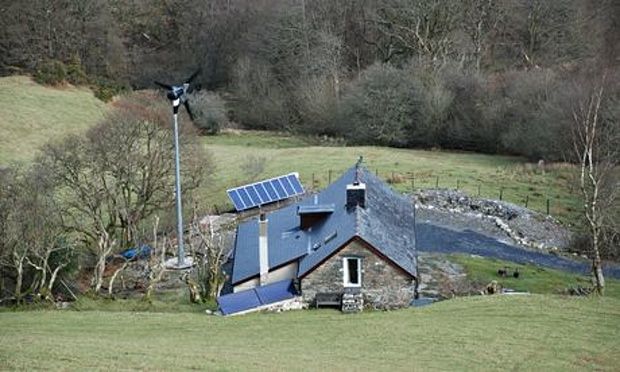
In 2014, 10% of homes in Great Britain were not connected to the gas network, and less than 0.1% to the electricity network. These are more likely to be in the Highlands and Islands of Scotland, Wales and parts of South West England.
Oil and liquid petroleum gas (LPG) are common materials for heating space and water in rural homes, but renewable sources such as solar, biomass and geothermal can also be used for heating.
Some homes might be on the electricity grid, but not the gas grid. So they can use electric heaters and ovens. However, if they aren’t on the electricity grid either, then they can generate their own from solar, wind or geothermal to then have access to electric heaters and ovens through their own sources.
Government Help
There are two government schemes that make generating your own heat and electricity a good option when you live off the main energy network.
The Renewable Heat Incentive (RHI) and Feed-in-Tariff both give money back to households and business that use renewable energy sources to generate their own electricity and gas. The Feed-in-Tariff also gives money back to those who give electricity and gas back to the network if they have generated more power than they need.
It is hoped that schemes like these will help to reach the target of renewable energies providing 15% of the UK’s energy by 2020.
